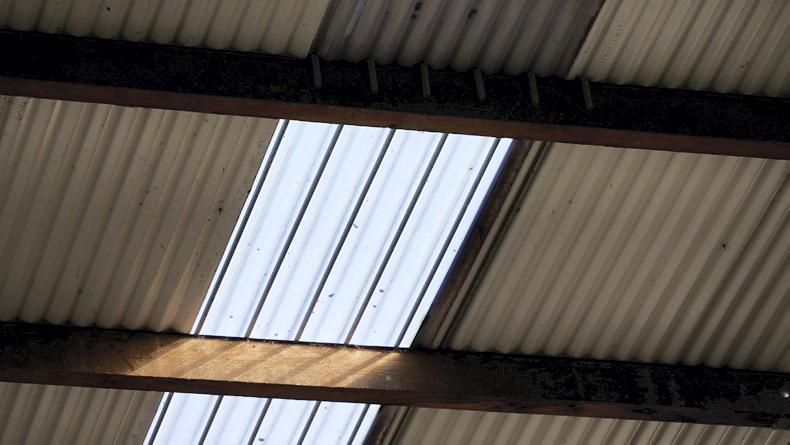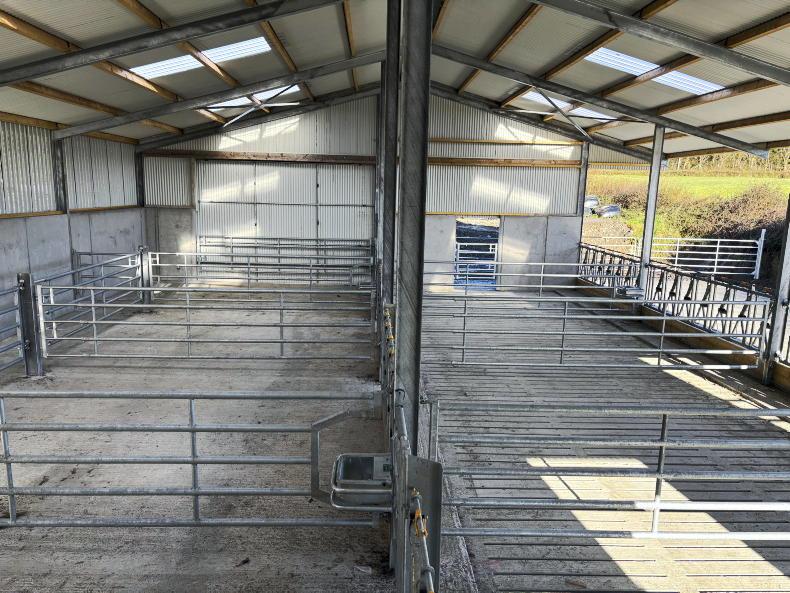The terms and conditions and the marking sheet for the Animal Welfare and Nutrient Storage Scheme (AWNSS) entry route to the Targeted Agricultural Modernisation Scheme (TAMS III) were published this week.
The AWNSS is one of 10 entry routes in TAMS III but covers a high percentage of eligible investments, from animal housing and nutrient storage to fencing, roadways and animal handling equipment.
It is therefore not surprising that its opening was highly anticipated and that the terms and conditions and marking sheet used to rank and select applications are attracting close scrutiny.
An examination of the latest marking sheet in TAMS II and the new marking sheet for the AWNSS in TAMS III shows major changes.
170kg organic N limit
The comparison of the marking sheet is detailed in Table 1. Farmers with a stocking rate figure of over 170kg organic N/ha before exporting slurry will now be penalised 20 marks.
Those under 170kg N/ha will be penalised on a sliding scale with greater reductions for higher stocked farms.
Farmers will receive -0.01 marks for each kg of N/ha that they produce below the 170kg figure eg, farmers at 160kg N/ha will receive -1.6 marks, 80kg N/ha will receive -0.8 marks.
TAMS II had previously set a minimum number of 20 production units to avail of grant aid, with 0.125 marks given for each production unit between 20 and 200 units, eg 30 production units= 3.75 marks, 170 production units= 21.25 marks. This system of awarding minimum production units and marks for 20-200 units has been removed from the TAMS III marking sheet.
The number of marks given to farmers with ANC land has also been increased. Previously, having any amount of ANC on your farm resulted in your application being awarded five marks. Now, farmers must have a minimum of 5ha to gain any marks from having ANC land, with the marks awarded on a sliding scale of >5ha-<=10ha (2.5marks), >10ha-<=20ha(5 marks), >20ha-<=30ha (7.5 marks), >30ha, with a maximun of 10 marks to be gained.
Larger farms
Larger farms will also see their marks reduced. Previously, farmers were awarded 0.5 marks per ha of eligible land, up to a maximum 25 marks. Now farmers will be scored lower on any lands over 5ha. The level of the penalty can be calculated by using the equation 1 ÷ BPS/BISS area x 100. So, for example, 1÷ 5ha x 100= 25 marks, 1÷40ha x 100=2.5 marks.
Another change to the TAMS III marking sheet is the removal of the facility to gain points from submitting costs below reference figures. In TAMS II, farmers could bolster their application by submitting their proposed cost to be lower than the Department reference cost, gaining five marks for every 1% it was below the reference cost, up to a maximum of 100 marks. This has been removed from TAMS III.
Farmers who did not avail of TAMS II funding will be awarded 20 marks, a reduction from the 27.5 marks farmers in TAMS II who did not avail of TAMS I aid were awarded. Farmers will be penalised 0.25 marks from these 20 marks for every €1,000 of TAMS II paid or claimed ceiling used, eg €46,000 ceiling used = 8.5 marks, €80,000 ceiling used = 0 marks.
New flexibilities
Another significant change in the AWNSS is the opportunity for farmers to purchase mobile items before receiving full approval. The terms and conditions state that “any expenditure spent or investment work started/delivered before the date of submission of an application is ineligible. Deposits/expenditure paid on or after the date of submission of an application are considered eligible expenditure”. This only applies to mobile investments with the installation or construction of a non-mobile investment not permitted until written approval has been issued to the applicant(s). The terms and conditions warn that any sub-investment that has been installed or where work has begun prior to approval will be rejected from the application.
Getting back to mobile items, the terms and conditions state that “deposits/expenditure paid prior to approval are at the applicant(s) own risk. In cases where an applicant applies, places a deposit on an investment, but reapplies under the scheme as they are unsuccessful in ranking and selection, the deposit paid will be allowed if there is no substantial change to investment details between applications”.
It also should be noted that if the application is not successful in the subsequent tranche it will then be automatically rejected and reset to a draft application.









SHARING OPTIONS